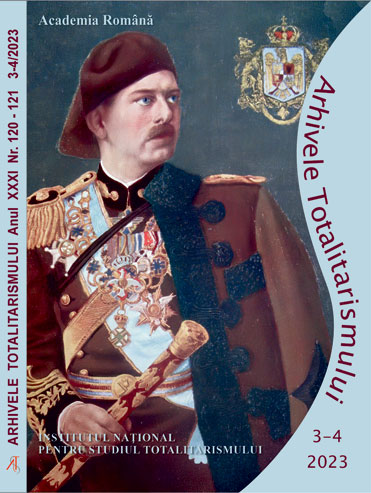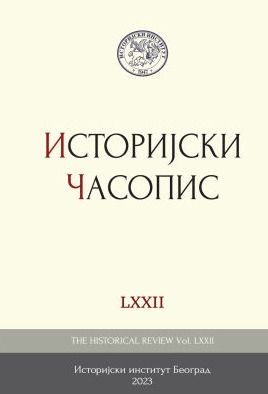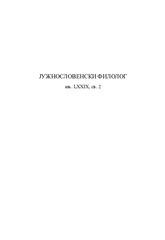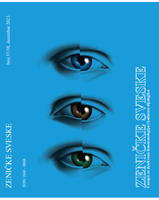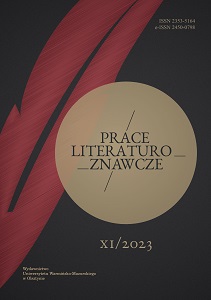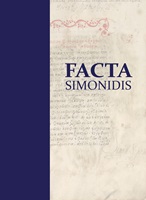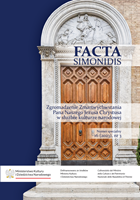Author(s): Piotr Jamski / Language(s): Polish
Issue: 3/2023
The text is an attempt’ to present the influence of the spirituality and ideas preached by the Resurrectionist fathers on the culture and art, including architecture and the cultural environment of the Polish territories in the second half of the 19th and early 20th centuries. The postulates concerning the need to change the way society functions (towards a civil society), to work on an increase of parish structures and communities operating within local societies, as well as the thorough education of priests and the renewal of liturgical life, were of particular importance to the congregation. The change in thinking towards ideas close to those of the Resurrectionists became evident, among other things, in a tendency particularly prominent in the erection of so-called village cathedrals, or neo-Gothic churches, which became centers of community revival and raised the status of the neighborhood by providing appropriate space for the renewal of the splendor of the collective liturgy and space for educational and charitable works. Feliks and Emilia Sobański, originally from Obodówka in Ukraine, settled in Guzów in Mazovia since 1865, would consciously embraced the idea of secular involvement in the religious development of Poles, the growth of the presence of Christian principles in politics, economy, philanthropy, education, science and art, and thus – in the long run – the rebirth of Polish statehood. Feliks Sobański particularly profoundly experienced his faith in the context of the Lord’s Prayer words, which accompanied him throughout his life and which he put into action through charitable works – he founded orphanages, shelters, hospitals, as well as places of worship – that were part of the architectural landscape of the Polish lands. His attitude derived from personal contacts with the fathers of the Resurrectionist order and benefited from Father Piotr Semenenko’s lectures on the Our Father prayer. Individual invocations of the Lord’s Prayer appeared on places of worship and charity founded by Sobański, including: the chapel at the Guzów palace, the chapel at the Ophanage in Guzów, above the entrance to the Classrooms for Boys in Warsaw, and on the office building of the Sobański palace in Aleje Ujazdowskie in Warsaw. The constant use of fragments of the Lord’s Prayer in order to mark the buildings he founded was an extremely conscious manifestation of piety, simplicity and charity. Feliks Sobański, by placing the message in public space, would probably have assumed that it could be decoded by many, nevertheless it is difficult to identify specific recipients. The permanent (at least in assumption) inscription on the building is, or rather becomes, a permanent element of the space, assigned to carry the values contained in the inscription and influence others with them. The use of passages from the Lord’s Prayer, a text fundamental to Christianity and widely known (at the time of the message’s transmission), is an interesting use of pars pro toto, when a “part” stimulates thinking about the “whole” and a peculiar public confession of faith by Feliks Sobański, resulting from a deliberate embodiment of the Christian attitude following the teachings of the Resurrectionist fathers. It seems that the concept of marking buildings with invocations from the Lord’s Prayer, applied by Feliks Sobański and Emilia Sobańska, has no counterpart in the Polish territories, as well as it has not yet been possible to point out semantically similar European realizations.
More...
